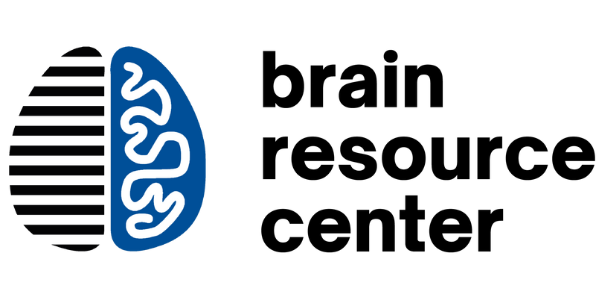A New Way to Treat/Manage ADD & ADHD
Are you struggling to manage your ADD/ADHD symptoms? Do you feel overwhelmed by the constant battle to stay focused and organized? Imagine a life where your brain works with you, not against you. Neurofeedback therapy can help you achieve that and more.
Neurofeedback for ADHD/ADD
In adults and children with ADHD/ADD, there are characteristic differences in brain activity. Most notably, there is weaker functioning in the prefrontal cortex, the region of the brain that is responsible for regulating attention, behavior, emotion, and behavioral inhibition. Pharmaceutical drugs work by stimulating this and other regions of the brain, but they often have other system-wide adverse effects and are only effective as long as you are taking the drug.
Neurofeedback therapy offers a groundbreaking alternative. Unlike medication, neurofeedback selectively targets and strengthens the prefrontal cortex, leading to physiological changes in brain activity and functioning.
A growing body of research validates what we have seen with hundreds of clients at Brain Resource Center, that neurofeedback therapy can have immediate and long-term benefits for those with ADD & ADHD.
Book your initial appointment with us by clicking the button below or call us directly at 212-877-2130!
Why is it important to identify ADD/ADHD?
ADD/ADHD in children can have devastating effects on their social, emotional, and educational development, especially if it is left untreated. An early ADD/ADHD diagnosis and early intervention can help parents, teachers, and care-takers ensure that every child receives the support and accommodations they need to improve self-regulation, self-esteem, and integration into social and academic environments. As parents, learning to understand the behavior of children with ADHD, its neurobiological origins, and long-term treatments is critical.
How does Neurofeedback work?
-

1. Brain map
Brainwave assessment identifies imbalances and helps to create a personalized treatment plan.
-

2. Treatment setup
Non-invasive sensors and headphones are placed on your head and the treatment session begins.
-

3. Brain activation
Software translates your brainwave data and stops or starts audio/visual media based on your brain activity.
-

4. Conditioning
In response to the audio/visual feedback, your brain adapts and learns to regulate your brainwaves and build new, healthy neural pathways.
-

5. Brain Training
Over time with continuous brain training, healthy brain activity in target regions increases, and symptom-associated activity decreases.
Related Research
Neurofeedback as a Treatment Intervention in ADHD: Current Evidence and Practice. Click here
The use of EEG Biofeedback/Neurofeedback in psychiatric rehabilitation. Click here
Computer Enabled Neuroplasticity Treatment: A Clinical Trial of a Novel Design for Neurofeedback Therapy in Adult ADHD. Click here


